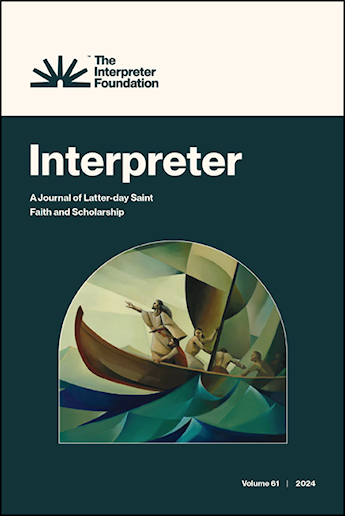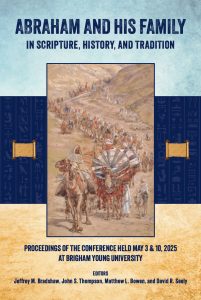Review of Morgan Deane, To Stop a Slaughter: Just War and the Book of Mormon (Middletown, DE: Morgan Deane, 2024). 138 pages. $14.99 (paperback).
Abstract: Morgan Deane’s To Stop a Slaughter: Just War and the Book of Mormon defines and discusses the concepts of war in the Book of Mormon and places “just war” within a larger context. The various aspects of just war and its impact are compared to the teachings and writings of scholars and philosophers from the early Church Fathers to Chinese military strategists. This interesting and informative book helps Latter-day Saints understand when war is necessary and justified.



 Welcome to Interpreter: A Journal of Latter-day Saint Faith and Scholarship, the peer-reviewed journal of The Interpreter Foundation, a nonprofit, independent, educational organization focused on the scriptures of The Church of Jesus Christ of Latter-day Saints. Non-print versions of our journal are available free of charge, with our goal to increase understanding of scripture. Our latest papers can be found below.
Welcome to Interpreter: A Journal of Latter-day Saint Faith and Scholarship, the peer-reviewed journal of The Interpreter Foundation, a nonprofit, independent, educational organization focused on the scriptures of The Church of Jesus Christ of Latter-day Saints. Non-print versions of our journal are available free of charge, with our goal to increase understanding of scripture. Our latest papers can be found below. 
 Conference Proceedings are now available
Conference Proceedings are now available